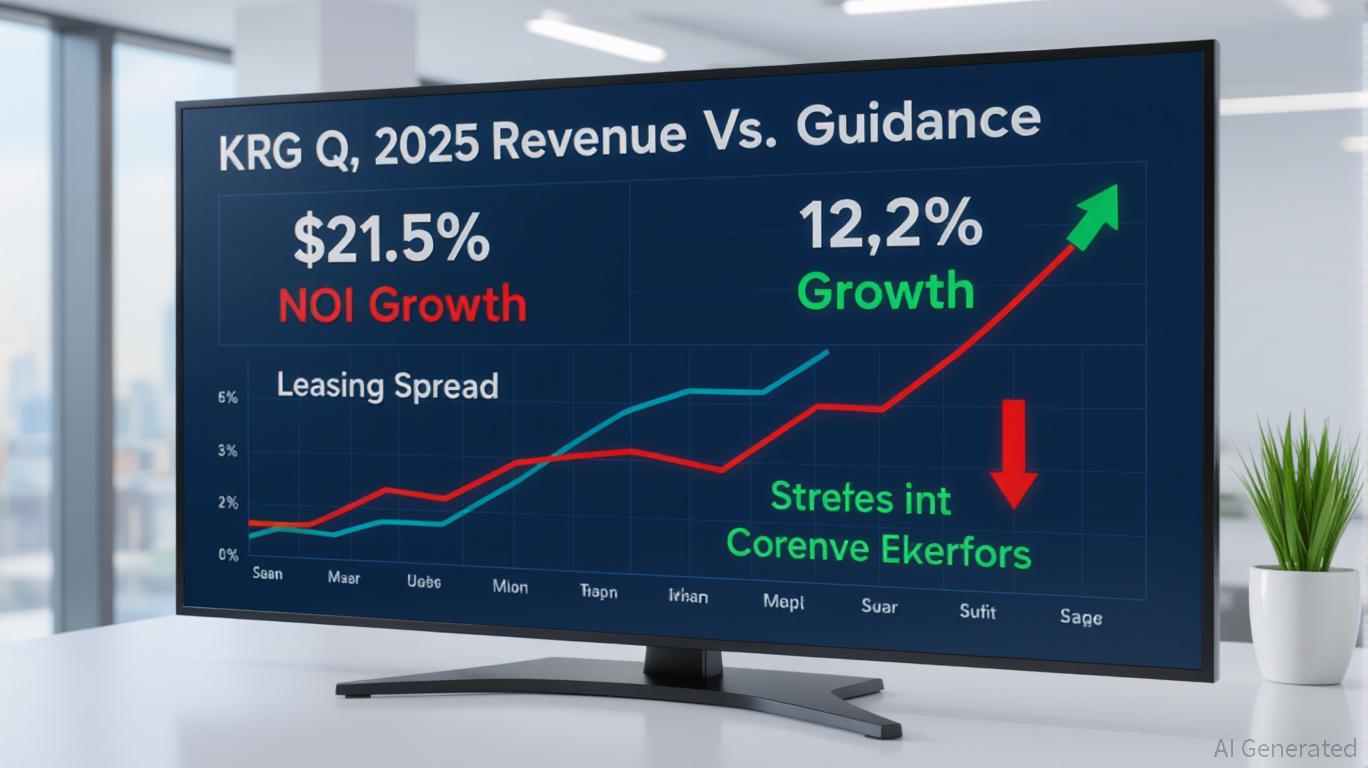Canada Strikes a Balance Between Stablecoin Advancements and a $10M Risk Management Framework
- Canada’s 2025 budget introduces a $10M stablecoin framework, requiring reserve transparency and consumer safeguards to balance innovation with financial stability. - The Bank of Canada will oversee compliance, aligning with global efforts as stablecoin transactions surpass $4 trillion annually, driven by adoption in hyperinflationary economies. - Critics warn of regulatory overlaps disadvantaging Canadian firms, while institutions flag risks like $1 trillion in emerging market deposits shifting to stable
Canada’s 2025 federal budget introduces a groundbreaking regulatory structure for fiat-backed stablecoins, placing the nation at the forefront of global initiatives to incorporate digital assets into mainstream finance while managing systemic threats. The proposal dedicates $10 million over two years to the Bank of Canada for regulatory supervision, requiring stablecoin providers to uphold sufficient reserves, establish clear redemption procedures, and implement risk controls to safeguard user information and national interests,
Integrated into amendments to the Retail Payment Activities Act, the new rules seek to encourage innovation while maintaining financial stability. By mandating that issuers hold adequate asset reserves and focus on consumer safety, Canada aims to address risks like capital outflows and threats to monetary sovereignty, concerns previously raised by the Bank for International Settlements and cited in the Decrypt report. Initially, the Bank of Canada will cover oversight expenses through remittances to the federal treasury, with ongoing annual costs of $5 million later recouped from regulated issuers via fees,

Canada’s strategy mirrors a wider international movement. The U.S. enacted the GENIUS Act in early 2025, while the EU’s MiCA rules and Hong Kong’s regulations stress transparency and anti-money laundering standards. In Canada, the push for regulation intensified after Bank of Canada officials pointed out the country’s lag in payment modernization compared to nations like the U.K. and U.S., as referenced in the Coinotag analysis. The updated framework also targets the reduction of cross-border transfer fees, which remain higher in Canada than in many other advanced economies, as mentioned in the Decrypt report.
Despite positive industry feedback, challenges remain. The Bank for International Settlements has cautioned that stablecoins’ dependence on fiat reserves and their ability to enable rapid capital movement could destabilize fragile economies. Meanwhile, the U.S. indirectly benefits as stablecoin reserves—primarily invested in U.S. Treasuries—boost demand for secure assets, further strengthening the dollar’s global influence, a point raised in the Forbes article.
As Canada moves forward with its regulatory plan, the outcome will depend on how well it can foster innovation while protecting financial stability. With stablecoins expected to expand from a $309 billion market to several trillion dollars in the coming years, the implications for regulators and economies are more significant than ever, according to
---
Disclaimer: The content of this article solely reflects the author's opinion and does not represent the platform in any capacity. This article is not intended to serve as a reference for making investment decisions.
You may also like
Kite (KITE) Price Forecast and Market Outlook After Listing: Assessing Value, Institutional Engagement, and Near-Term Volatility Concerns
- Kite Realty (KRG) reported $4.82M Q3 2025 revenue shortfall despite 2.1% NOI growth and 12.2% leasing spreads. - Institutional ownership at 90.81% with $1.2B liquidity supports strategic grocery-anchored retail focus showing 56% leasing spreads. - Analysts cut price targets to $23-$26 while industry faces "F" rating due to macroeconomic risks and lack of sustainable earnings.

MMT Token TGE: A Major Debut with Notable Market Influence and Distinctive Tokenomics
- Binance's Momentum (MMT) TGE on Nov 4, 2025, saw an 885% price surge to $0.8859 within hours. - The TGE followed a 376x oversubscribed Binance Prime sale and included a 0.75% airdrop to BNB holders. - MMT's hybrid tokenomics combine inflationary potential with deflationary buybacks (20% marketplace fees, 15% quarterly profits). - Cross-chain strategy (BSC/Sui) and real-world asset integration aim to attract institutional/retail investors despite inflation risks.

Hyperliquid News Today: Hyperliquid's BLP and HIP-3 Indicate a Fundamental Change in DeFi Structure

Aster DEX Experiences Rapid Growth: Advancements in On-Chain DeFi and Improved User Access Attract Institutional Attention
- Aster DEX's 2025 upgrades transformed ASTER token into functional collateral for perpetual trading, enabling $800 leveraged positions per $1,000 ASTER. - Institutional validation followed CZ's $2M ASTER purchase and Coinbase's roadmap inclusion, coinciding with 30% price surge and $2B 24-hour trading volume. - 5% fee discounts and cross-chain expansion (BNB Chain, Ethereum , Solana , Arbitrum) enhanced accessibility, creating a flywheel effect through token retention and liquidity diversification. - $5.4
